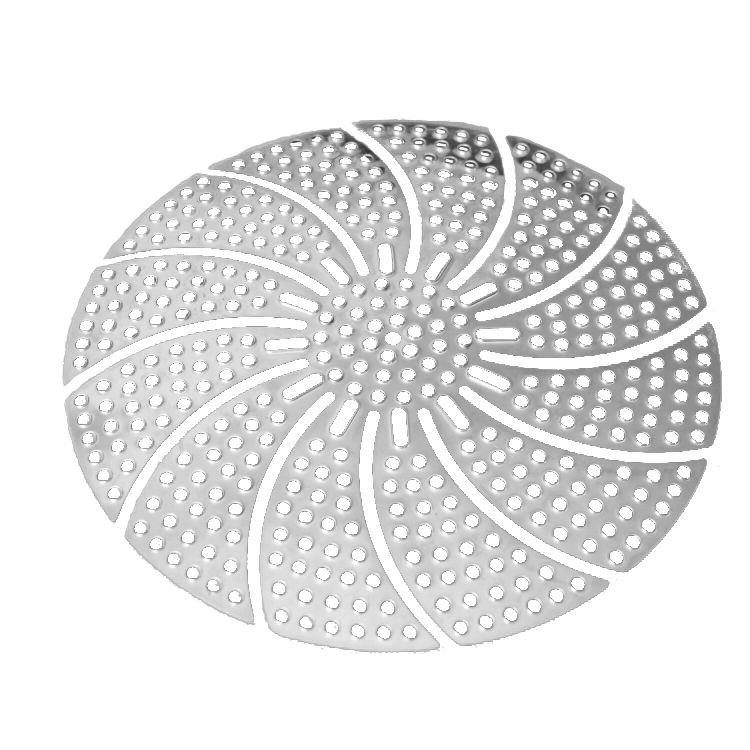The Stainless Iron Induction Base is made of food grade stainless steel. He is safe, durable, corrosion resistant, healthy material, and does not produce harmful metal substances, so as to avoid the second pollution of the process.We never use high strength steel to make food grade materials, so the quality is guaranteed. Stainless Iron Induction Base Stainless Iron Induction Base,Safe Stainless Iron Induction Base,Stainless Steel Induction Base,Stainless Induction Base Ninghai Feisheng Hardware Co., Ltd. , http://www.nbfeisheng.com
Wood is a natural material, and the color varies depending on the species. Even the same species, the color varies depending on the geographical distribution, site conditions, age, and other factors. Different parts of the same tree, even different sections of the same part, have different color. Wood of different tree species has different adaptability to bleaching agents, such as beech and eucalyptus wood, which are more suitable for oxidizing bleaching agents; and eucalyptus is more suitable for reducing bleaching agents; for wood species such as eucalyptus and birch, It is suitable for both types of bleaching agents and can receive good bleaching effects. For difficult materials such as larch, mixed bleach should be used.
In the bleaching process, the amount of the agent used in the bleaching of the wood depends on the relevant oxidation and reduction potential. In fact, whether the redox reaction between the two can occur depends not only on the activation energy of the reaction, but also on the p H value of the medium, the reaction temperature and time. Sometimes, after a moderate activation of the bleaching agent, a satisfactory bleaching effect cannot be obtained, and it is necessary to add an activating auxiliary agent. For oxidized bleaches, the p H value of the medium has a great influence on the reactivity, such as adjusting the p H value of the hydrogen peroxide solution to be alkaline, adjusting the p H value of the aqueous sodium chlorite solution to acidity, and oxidizing them. Bleaching capacity is significantly enhanced. For many reducing bleaches, temperature is the main influencing factor. For example, the whitening powder, hydrazine and other bleaching ability at room temperature is very low. When the temperature of the medium rises above 70-80 °C, the reducing bleaching capacity is greatly enhanced. It should be noted that if the activity of the bleaching agent is too strong, the inefficient decomposition of the bleaching agent is severe, not only the bleaching agent is lost, but also the strong oxidation reaction causes degradation or even destruction of the wood component, which causes the material to fall. To this end, an appropriate amount of inhibitory aid must be added.
In general, reduced bleaching agents have lower decolorizing ability and higher price, so industrially, oxidized bleaching agents such as hydrogen peroxide and sodium chlorite are frequently used. In the bleaching process, the decomposition rate of the oxidizing agent is controlled by the method of controlling the p H value of the bleaching liquid according to the color of the material to be treated and the ease of discoloration. If necessary, add some p H buffer or add an appropriate amount of surfactant to increase the decolorization effect. In addition, the wood bleached with the oxidizing agent is easily darkened by the light, and a layer of a UV-blocking agent can be applied after the bleaching to avoid or slow down the color change of the surface.
At present, in order to meet the needs of various bleaching effects, the use of several bleaching agents in combination and the addition of a compounding formulation of an activating or inhibiting chemical adjuvant is becoming more and more popular. When selecting bleaching agents, not only should the appropriate bleaching agents and auxiliaries be selected according to the color and color of the material to achieve the purpose of decolorizing the wood, but also the bleaching treatment process should be as simple as possible, the price of the drug and The dosage should be as low as possible; it is also necessary to consider whether the toxicity of the drug is harmful to the human body and whether it is contaminated by the environment. In short, we should comprehensively select the most suitable bleaching formula, and make the best bleaching effect of all kinds of tree materials as possible, and achieve the optimal comprehensive benefits (economic and social benefits). This has important practical significance for improving the use value of wood and making full use of forest resources.

Selection of wood bleaching formula and its application
Wood bleaching includes two aspects: one is to eliminate the spots on the surface of the material, the mineral line and the uneven color of the material caused by various pollutions, so that the color of the material is uniform and uniform; the second is to lighten the overall color of the material. The surface turns white and brightens. The ideal bleaching effect is to use a safe and inexpensive method while removing colored materials, and try not to damage the surface. When the coloring matter can be extracted with a solvent, it is preferable to use a solvent extraction method; when the extraction cannot be carried out, a method of decomposing the coloring substance may be considered; when the decomposition is also difficult, the modification of the coloring substance should be adopted. method. As a method of decomposition and modification, there are an oxidation method, a reduction method, a methylation method, an acetylation method, etc., regardless of which method is employed, in principle, the best possible bleaching effect is obtained with as few agents as possible. That is to maximize the role of bleach, reduce consumption gain, and obtain better economic benefits.